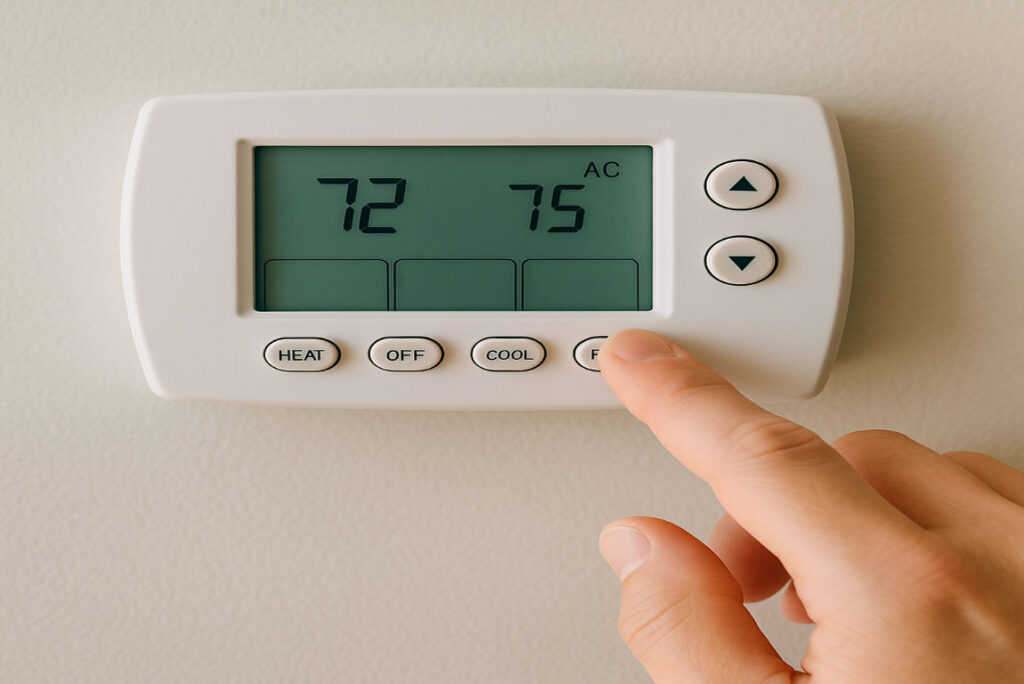When the weather starts to heat up, there’s nothing more satisfying than the cool breeze of an air conditioner. But before you rush to turn on your home AC, it’s essential to follow the proper steps to ensure it runs efficiently and safely. Whether you’re turning it on after a long winter or for the first time in a new home, activating your AC properly can save you from costly repairs and ensure your home stays comfortable.
Understanding Your Home Air Conditioning System
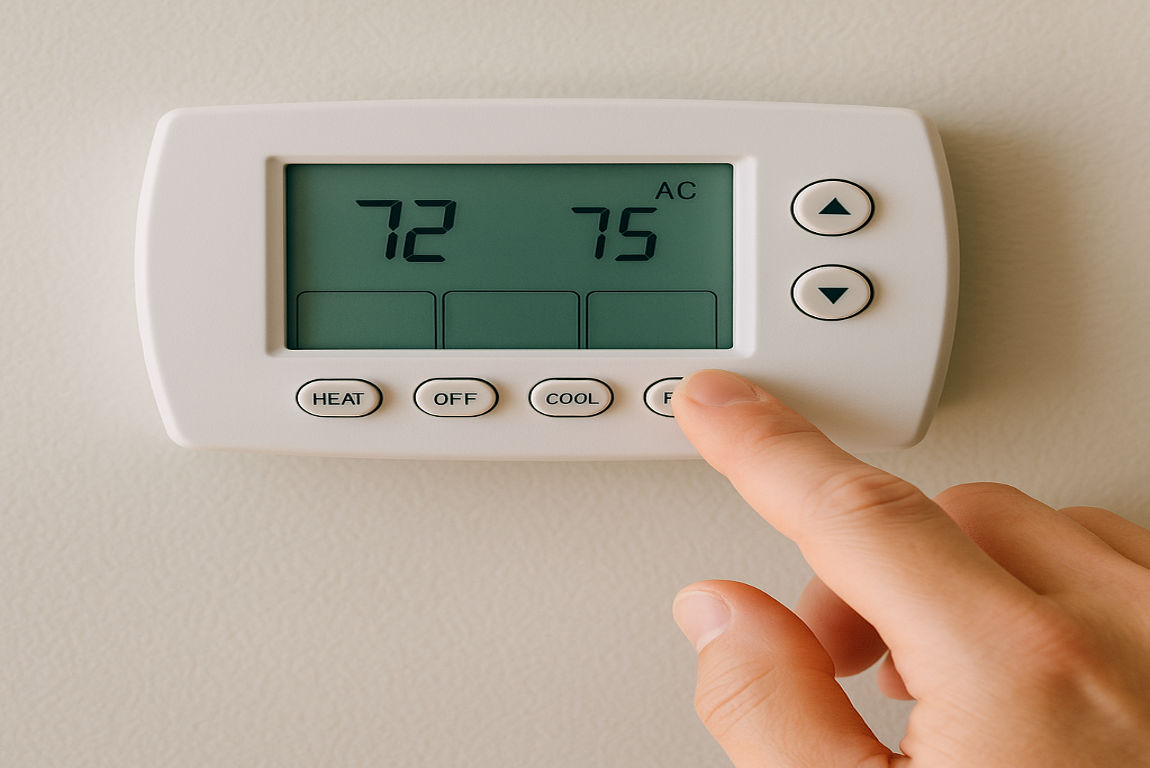
Before diving into the activation process, it’s essential to understand how your home air conditioning system works. Knowing the basics will help you identify potential issues and ensure you’re handling your system correctly.
Components of a Home AC System
Your home AC system consists of several key components that work together to cool your home:
- Indoor Unit: This includes the evaporator coil and blower, which circulate cool air throughout your home.
- Outdoor Condenser Unit: This unit houses the compressor and condenser coil, which are which are responsible for releasing heat from your home.
- Thermostat: The control panel that allows you to set your desired temperature and mode (cooling, heating, or fan).
- Ductwork and Vents: These distribute cool air to different rooms in your house.
How Does an AC Work?
Air conditioners operate on the principle of heat transfer. Here’s a simplified explanation:
- The refrigerant absorbs heat from the indoor air as it passes over the evaporator coil.
- The refrigerant, now heated, travels to the compressor in the outdoor unit, where it’s pressurized.
- The heat is released outside through the condenser coil, and the refrigerant cools down, allowing the cycle to repeat.
Types of AC Systems
There are several types of air conditioning systems, and knowing which one you have is crucial:
- Central AC: Common in larger homes, this system uses ductwork to cool the entire house.
- Split Systems: These have separate indoor and outdoor units, often used in smaller homes or apartments.
- Ductless Mini-Splits: Ideal for homes without ductwork, these systems provide zoned cooling and heating.
Understanding your system will help you follow the correct steps for activation and maintenance.
Pre-Activation Checklist: Preparing Your AC for Use
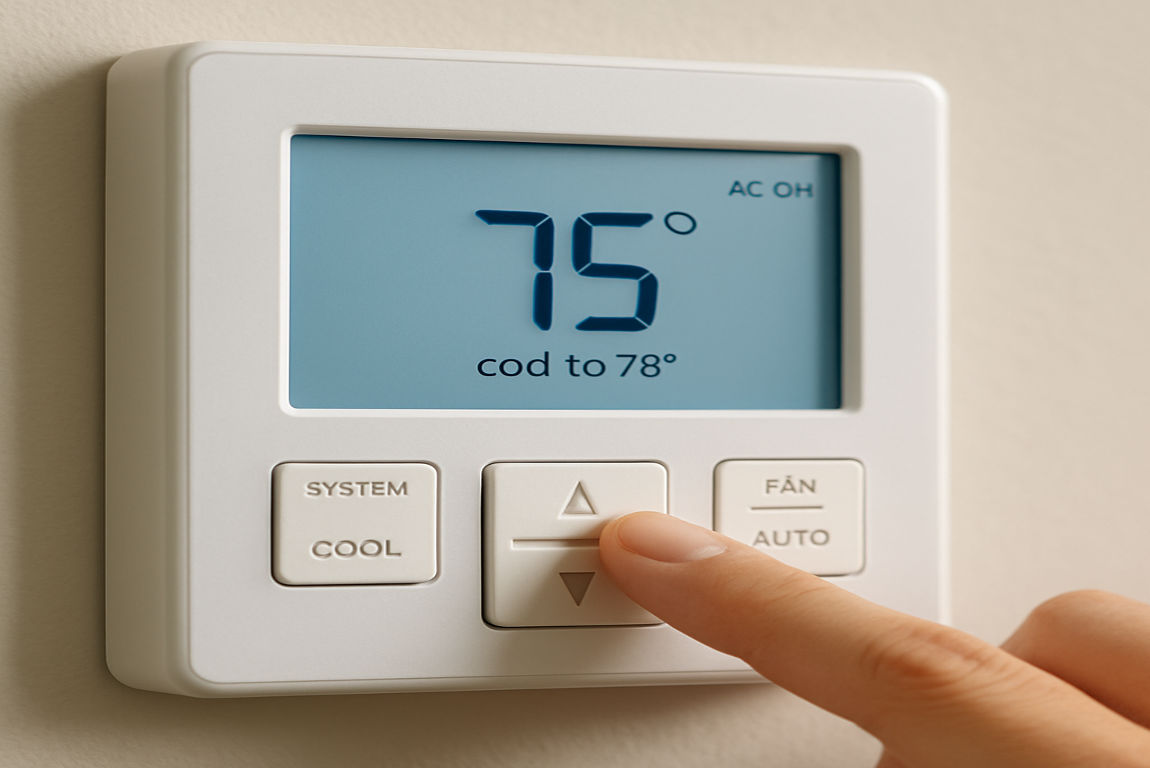
Before you turn on your AC, it’s essential to prepare it for operation. Skipping this step can lead to inefficiency, poor cooling, or even damage to your system. Follow this pre-activation checklist to ensure your AC is ready to go.
You may also read (how can i increase water pressure in my house).
Indoor Unit Inspection
- Turn Off the Thermostat
- Before inspecting your AC, make sure the thermostat is off and set to a high temperature (around 80°F). This prevents the system from starting unexpectedly during your checks.
- Inspect the Thermostat
- Check the thermostat for any visible damage or loose wires. If it’s battery-operated, replace the batteries to ensure proper functionality.
- Check the Ductwork
- Inspect your ductwork for any visible damage, leaks, or blockages. Damaged ducts can reduce cooling efficiency and increase energy bills.
- Clean or Replace Air Filters
- Dirty air filters can restrict airflow and put a strain on your system. Replace the filter if it hasn’t been changed in the last three months or if it looks messy.
- Inspect Drain Lines
- Clogged drain lines can cause water damage. Ensure the lines are clear and free of debris.
- Check Electrical Circuits
- Verify that the circuit breakers and electrical connections for your AC are intact and functional.
- Clear Air Vents
- Ensure all air vents are open and free from obstructions, such as furniture or curtains.
Outdoor Unit Inspection
- Remove Debris
- Clear any leaves, dirt, or debris from around the outdoor condenser unit. This ensures proper airflow and prevents overheating.
- Inspect Refrigerant Lines
- Check the refrigerant lines for insulation and visible damage. If you notice any issues, call a professional—do not attempt DIY repairs.
- Check Electrical Wiring
- Inspect the electrical wiring for signs of wear or fraying. If you spot any damage, contact a licensed HVAC technician.
- Clean the Condenser Fins
- Use a soft brush or a vacuum to clean the condenser fins. Be gentle to avoid bending the fins, as this can restrict airflow.
By completing this checklist, you’ll ensure your AC is in good condition and ready for activation.
Step-by-Step Guide: How to Turn AC On in House
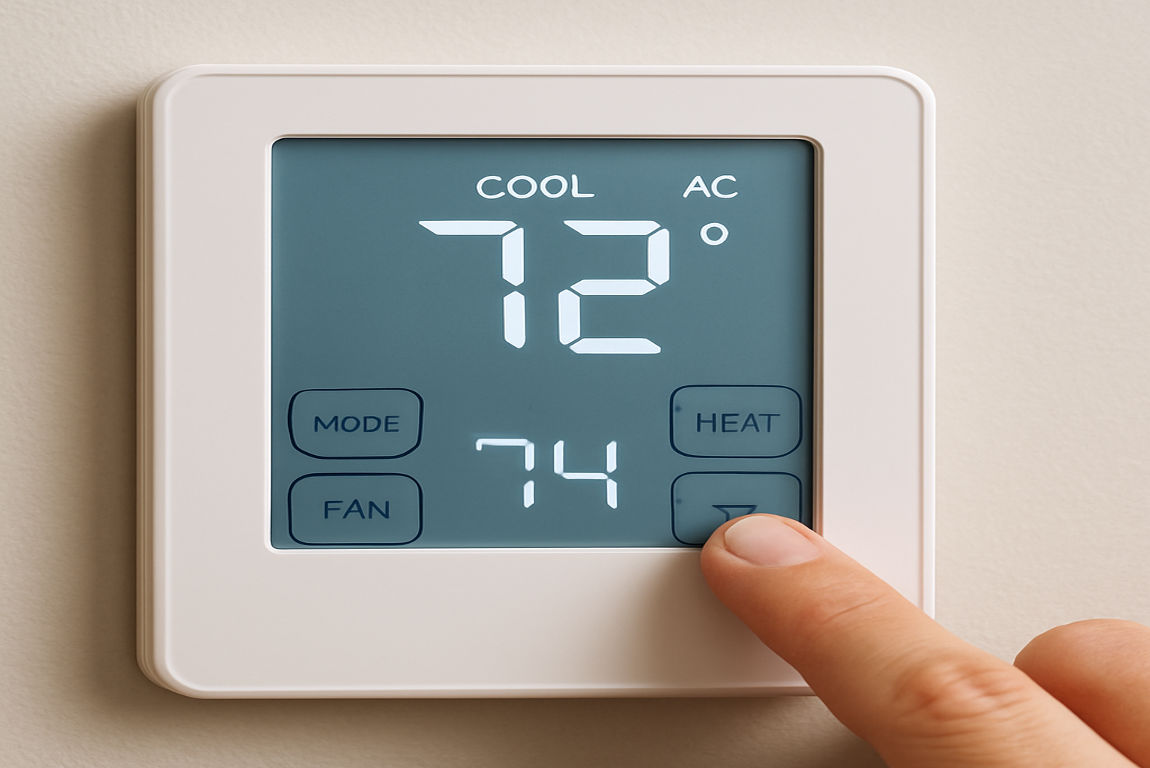
Now that your AC is prepped, it’s time to turn it on. Follow these steps to activate your system safely and effectively.
You may also read (how many watts does your home heater really use).
Set the Thermostat to “Cool” Mode
Switch your thermostat to “Cool” mode and set the temperature to your desired level, typically between 72°F and 75°F. This tells your system to start cooling.
Turn On the AC Unit
Use the thermostat controls or remote to turn on the AC. If your system doesn’t start, double-check the thermostat settings and ensure the power supply is on.
Check the Outdoor Unit
Go outside to the condenser unit and listen for the fan and compressor. They should be running smoothly without any unusual noises.
Feel the Air from the Condenser
Place your hand near the condenser unit. The air coming out should feel warm, indicating that heat is being expelled from your home.
Monitor Indoor Cooling
Allow the system to run for 10-15 minutes. Check if the indoor air feels cooler and if the temperature is dropping to your desired setting.
Check for Even Cooling
Walk through your home and ensure all rooms are cooling evenly. If some rooms are warmer than others, there may be issues with the ductwork or vents.
Troubleshooting Tips
If your AC doesn’t turn on or cool properly:
- Check the thermostat batteries.
- Ensure the circuit breakers are not tripped.
- Inspect the air filter for clogs.
If these steps don’t resolve the issue, contact a professional HVAC technician.
Importance of Regular Maintenance and Professional Tune-Ups
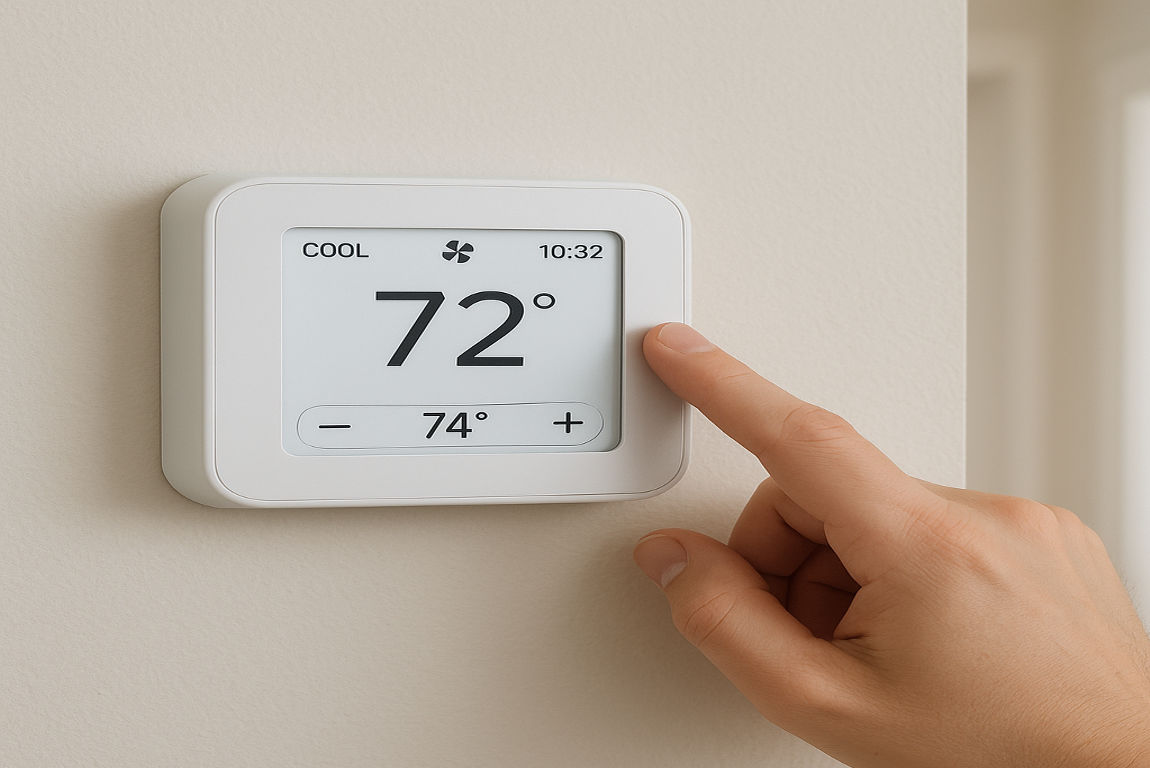
Regular maintenance is key to keeping your AC running efficiently and extending its lifespan. Here’s why you should schedule annual tune-ups:
- Improved Efficiency: Professionals clean and inspect components, ensuring your system runs at peak performance.
- Prevent Costly Repairs: Early detection of issues can save you from expensive repairs down the line.
- Lower Energy Bills: A well-maintained AC uses less energy, reducing your utility costs.
- Longer Lifespan: Regular care helps prevent wear and tear, allowing your system to last longer.
During a tune-up, technicians check refrigerant levels, clean coils, inspect electrical components, and ensure the drainage system is clear.
Safety Tips and Common Mistakes to Avoid
When activating your AC, keep these safety tips in mind:
- Avoid DIY Electrical Repairs: Always call a licensed technician for electrical issues.
- Don’t Block Airflow: Keep vents and the outdoor unit clear of obstructions.
- Listen for Unusual Noises: Strange sounds during startup could indicate a problem.
- Change Filters Regularly: Dirty filters strain your system and reduce efficiency.
- Don’t Set the Thermostat Too Low: Gradually lower the temperature to avoid overloading the system.
You may also read (why is my house so hot in summer solutions explained).
